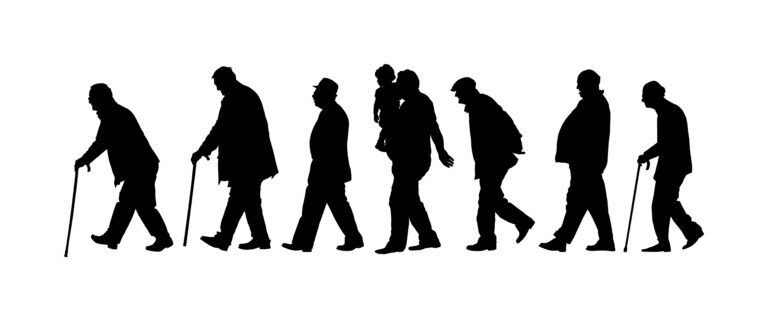Alzheimer’s disease is a type of dementia that affects millions of people worldwide. It is a progressive disorder that causes a decline in memory, thinking, and behavior, making it difficult for individuals to perform daily tasks independently. One of the common challenges faced by people with Alzheimer’s is the ability to use a shoe horn. As caregivers, family members, or friends, it’s essential to understand how to help a person with Alzheimer’s use a shoe horn to maintain their independence and dignity.
What is a Shoe Horn?
A shoe horn is a simple yet essential tool used to help people put on their shoes with ease. It is typically made of plastic or metal and has a curved shape with one end narrower than the other. The wider end is used to hold the shoe in place, while the narrower end is used to slide the foot into the shoe. Using a shoe horn can prevent blisters, shoe damage, and strain on the feet.
Why is Using a Shoe Horn Challenging for People with Alzheimer’s?
As Alzheimer’s disease progresses, an individual’s cognitive abilities decline, making it hard for them to remember how to use objects they once knew how to use. Using a shoe horn requires coordination, dexterity, and spatial skills, which are all affected by Alzheimer’s. Moreover, individuals with Alzheimer’s may also have difficulty following multi-step instructions and may become easily frustrated if they are unable to perform a task.
How Can You Help?
1. Create a Calm and Familiar Environment
People with Alzheimer’s tend to feel more at ease in a familiar environment. When helping them use a shoe horn, make sure you are in a quiet and comfortable place, free from distractions. This will help them focus on the task at hand and reduce any anxiety or agitation they may feel.
2. Use Visual Cues
Visual cues can be helpful when teaching someone with Alzheimer’s how to use a shoe horn. You can use a picture or a demonstration to show them how to hold the shoe horn correctly and slide their foot into the shoe. It’s also important to use simple and clear language when giving instructions.
3. Break Down the Task
As mentioned earlier, people with Alzheimer’s may have difficulty following multi-step instructions. Therefore, it’s essential to break down the task of using a shoe horn into smaller, manageable steps. For example, first, show them how to hold the shoe horn, then how to slide their foot into the shoe, and finally, how to remove the shoe horn.
4. Be Patient and Encouraging
Using a shoe horn may seem like a simple task to us, but it can be challenging for someone with Alzheimer’s. It’s essential to be patient and give them time to process the information and perform the task. Use positive reinforcement and praise them for their efforts, even if they are not successful at first. This will boost their confidence and motivate them to keep trying.
5. Consider Adaptive Equipment
In some cases, using a traditional shoe horn may still be difficult for an individual with Alzheimer’s. In such cases, you can consider using adaptive equipment such as a longer shoe horn or a shoe horn with a handle for better grip. These tools can make it easier for people with Alzheimer’s to put on their shoes independently.
6. Seek Professional Help
If the person with Alzheimer’s is struggling to use a shoe horn despite your efforts, it may be helpful to seek professional help. Occupational therapists can provide personalized strategies and techniques to help individuals with Alzheimer’s perform daily tasks more independently.
In conclusion, Alzheimer’s disease can make even the simplest of tasks challenging for individuals. As caregivers, family members, or friends, we must understand and be patient with our loved ones as they navigate this disease. Using a shoe horn may seem like a small task, but it can make a significant difference in the lives of people with Alzheimer’s. By following these tips, we can help them maintain their independence and dignity while putting on their shoes.





